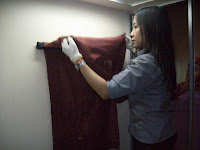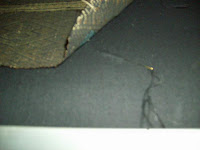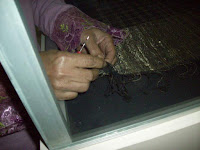This is the main cause of the problem. The limited of money influence the activities of this job.
Firstly,
Almost of all museum in the developing countries have a less employee or conservator. So there are many job couldn't be finished yet.
Secondly,
the skill of conservator is limited. Or skill and education is not enough to run the conservation activities properly.
Third. Because the limited financial, the government do not choose the culture heritage as the priority. So the attention of government is not enough.
Fourth.
The awareness of conservator is not enough. So, the activities of conservation is not efficient.
Fifth
The paradigm of conservation in developing countries is how to cure (It is called as curative conservation) , not how to prevent ( It is called as preventive conservation)
It is means that the management of conservation is fell behind the developed countries, and not so effective and efficient. This paradigm include non-environmental friendly, because the application of some harmful and poison chemicals. So the museum conservation in developing countries is very dangerous job.
Sixth
Because the almost of all developing countries is placed in tropical area, so the climate should be consider. Especially about humidity and high temperature that can make lack the collections. So thats why the collection in developing countries is easily to deterioration.
Because of the above problem, The world ( not only developing countries) should thinking about this. and solve this problem. The collaboration, the training, the discussion from developed countries should conducted as the priority to solve this problem.





























